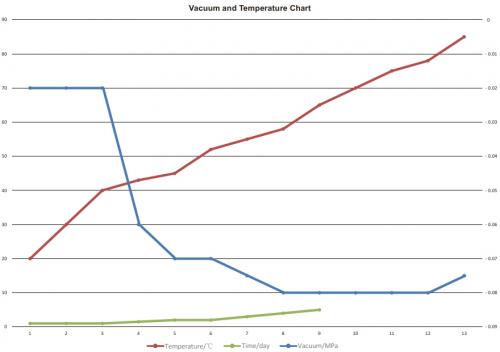High-frequency dryingWhen drying wood through high frequencies, fresh timber is being exposed to a alternating voltage field during the drying process. This stimulates the water molecules to vibrate. They heat up and evaoprate. The wooden components Lignin and Cellulose, on the other hand, are not stimulated to vibrate. Because of this selective warming process the wood stays unchanged in its material composition, whereas the warming of the entire wooden body may change the properties of the wooden components. As the wood differs from each type of tree to another in its vapour-dissipating structure, different drying programs are necessary. The dissipation of vapour preferably takes place through vacuum technology. They differ from three wave ranges:
In comparison to traditional processesAdvantages
Disadvantages
Common short terms
Alternative process...usually heat up the wood and differ especially in the discharge of steam
|
CNC machining centres, robots894
Edgebanding, edge processing629
Saws, cutting machines439
Planers, 4-sided moulders188
Routers, shapers, tenoners, profilers181
Drilling, mortising machines135
Presses, clamps, joining machines202
Sanding machines320
Mechanisation, storage, packing technology200
Surface coating152
Production lines127
Heating, drying, waste chopping62
Dust extraction, compressed air, vacuum134
Assembly, worktables15
Lathes29
Tools, sharpening technology91
Equipment, Other machines131

